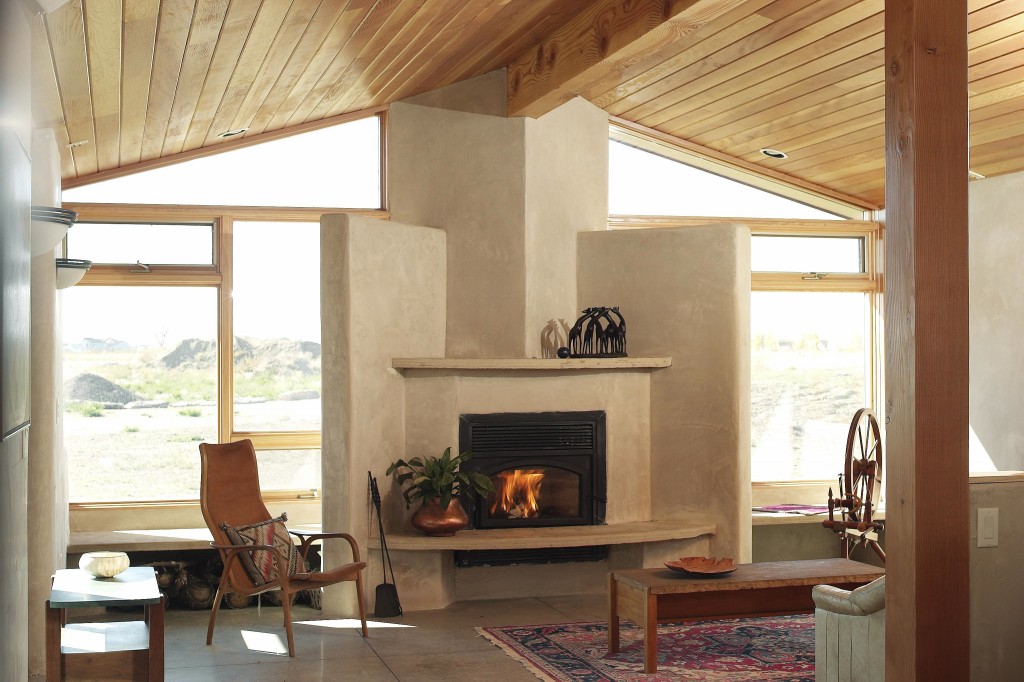“The parking lots and aisles of discount stores may be where the restless dead of a commodity civilization will tread out their numberless days.”—Lewis Hyde

Interweave Press founder Linda Ligon worked with architect David Barrett to design a home that embodies Slow Design. Photo by Joe Coca
Since it was founded in 1986, Slow Food has inspired a Slow movement. Carlo Petrini founded Slow Food, an international organization that links food’s pleasures with community and the environment, to fight the corporate banality that was destroying the culinary experience. In the past decade, Slow Food has spawned a Slow movement that includes Slow Cities, promoting local identity and community, and Slow Planet, fighting the need for always being in a hurry.
Slow Design, founded in 2006 by Carolyn F. Strauss and Alastair Fuad-Luke, aims to slow down the metabolism of people, resources and flows. “Even today’s new housing is informed by and designed within a vision driven by short-term economic goals,” Fuad-Luke writes. “The offspring of this design paradigm are billions of products and buildings, most destined to lead very short lives in order to stimulate (replacement) production. This roller coaster of production is partly driven by an unswerving belief in economic growth as a given cultural good.”
Slow Design’s manifesto urges designers to “satisfy real needs rather than transient fashionable or market-driven needs” by:
—creating moments to savor and enjoy the (human) senses
—designing for space to think, react, dream and muse
—designing for people first, commercialization second
—balancing the local with the global and the social with the environmental
—demystifying and democratizing design by reawakening individual’s own design potential; and
—catalyzing social transformation toward a less materialistic way of living.
Six Principles of Slow Design
1. Reveal. Uncover spaces and experiences in everyday life that are often missed or forgotten.
2. Expand. Think beyond perceived functionality, physical attributes and lifespans to consider artifacts’ real and potential “expressions.”
3. Reflect. Induce contemplation and “reflective consumption.”
4. Engage. Share, cooperate and collaborate in an “open source” design process.
5. Participate. Make everyone an active participant in the design process.
6. Evolve. Look beyond current needs and circumstances so that slow design processes and outcomes become positive change agents.